The incident that caused the probe to crash into the Moon is revealed

The Resilience spacecraft crash on June 5 created a dark streak on the lunar surface in this image taken by NASA (Photo: NASA).
On June 24, Ispace, a private space technology company headquartered in Tokyo, Japan, revealed for the first time the technical problems that caused the Resilience lunar explorer to crash during its previous landing on the Moon on June 5.
According to Ispace, the Laser Range Finder (LRF) system failed to obtain accurate data. The control system therefore failed to detect the actual altitude, and did not perform the planned deceleration procedure.
It is likely that the conditions on the lunar surface prevented the laser beams from receiving a strong enough return signal for the system to process the data accurately. In addition, the laser beam's angle of incidence was too far off from the ground, which also reduced the accuracy of the altitude measurement.
Not only that, low laser output power can make the reflected signal too weak, leading to the LRF being unable to properly identify the surrounding environment. The final cause was determined to be the impact of space radiation causing interference, directly affecting the performance of the sensor system.
It is worth noting that this is not the first time Ispace has encountered a technical error while landing on the Moon. Previously, in April 2023, the Hakuto-R spacecraft manufactured by the company also crashed due to a similar problem with the navigation and altitude systems.
Notably, the Resilience spacecraft was originally launched on a SpaceX Falcon 9 rocket on January 15, along with the Blue Ghost spacecraft built by Firefly Aerospace (USA). While Resilience crashed, Blue Ghost successfully landed on March 2 and operated stably for 2 weeks before losing power due to sunset.
Immediately move on to the next task
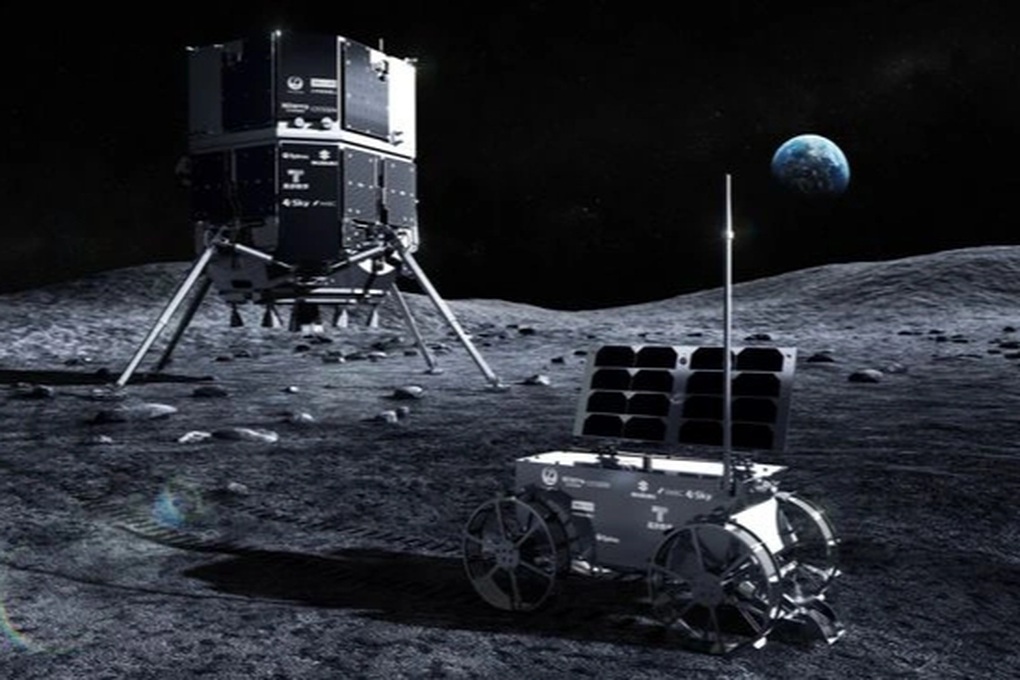
Illustration of Ispace's Resilience probe with the rover operating on the lunar surface (Photo: Ispace).
Despite the setback, Ispace was not deterred and quickly announced plans to fix and improve the landing system. The company said the focus would be on improving the reliability of the positioning sensors, especially the laser rangefinder and integrating a vision-based sensor VLS (Visual Localization Sensor).
These technologies are expected to be tested and applied in Mission 3 and Mission 4, when Ispace uses a new generation lander called Apex 1.0, which is larger in size and has a significantly more powerful navigation system.
According to experts, despite failures, missions like Resilience still play a key role in the process of space industrialization.
Private companies like Ispace continually test, tweak, and learn from failure, which is how the space industry is getting closer to big goals like building sustainable infrastructure on the Moon.
With a methodical direction and clear technological determination, Ispace is still considered one of Asia's potential representatives in the 21st century space race.
Source: https://dantri.com.vn/khoa-hoc/nhat-ban-lan-dau-tien-he-lo-su-co-khien-tau-tham-hiem-lao-vao-mat-trang-20250625085321551.htm


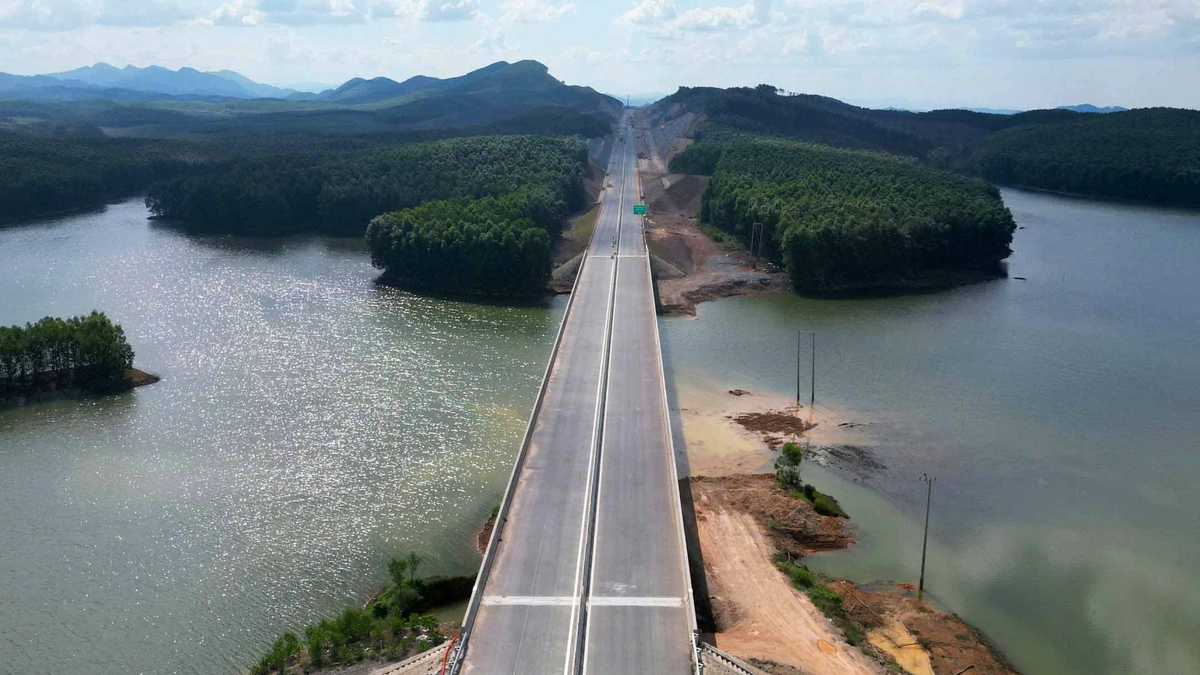

![[Photo] General Secretary To Lam receives Australian Ambassador to Vietnam Gillian Bird](https://vphoto.vietnam.vn/thumb/1200x675/vietnam/resource/IMAGE/2025/6/26/ce86495a92b4465181604bfb79f257de)

![[Photo] Candidates take the first graduation exam with the new Literature topic](https://vphoto.vietnam.vn/thumb/1200x675/vietnam/resource/IMAGE/2025/6/26/dfded9e317554c25a3e26defe672ebb7)















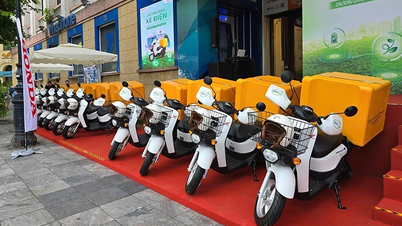







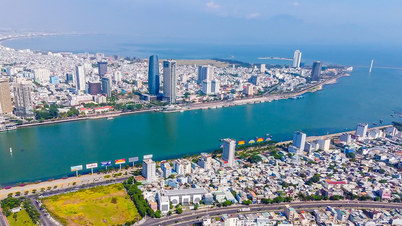

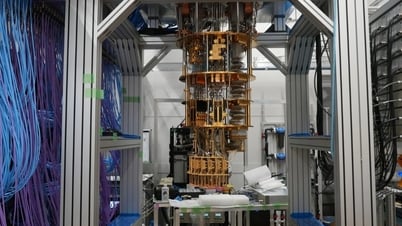












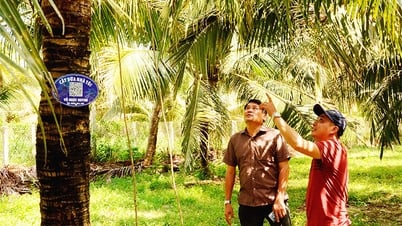































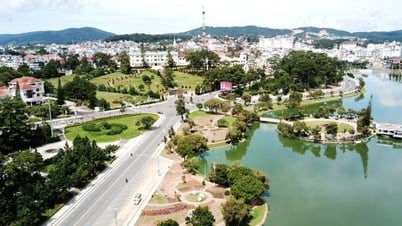

























Comment (0)